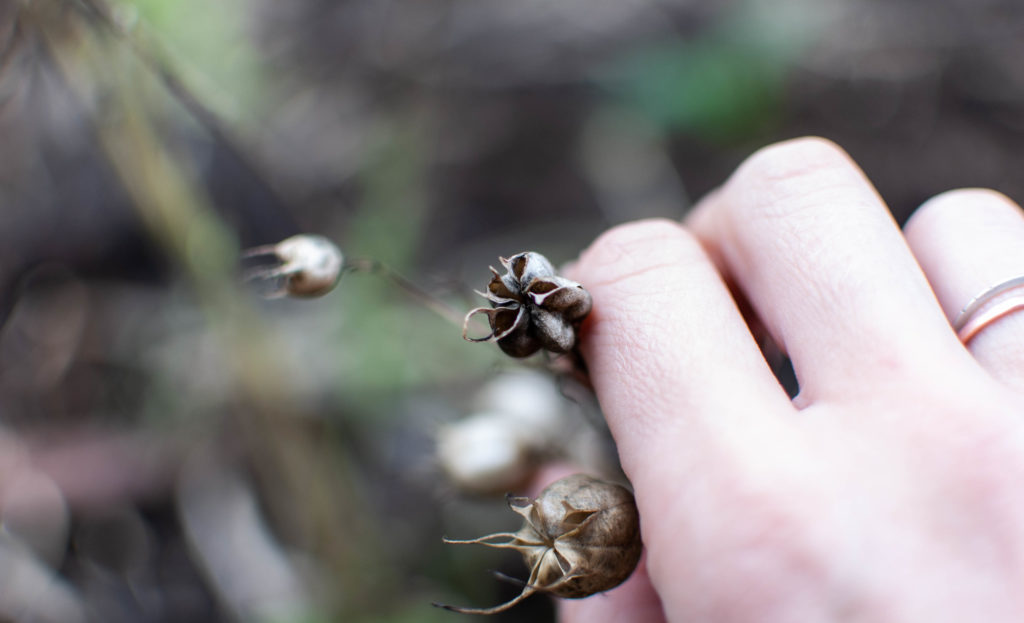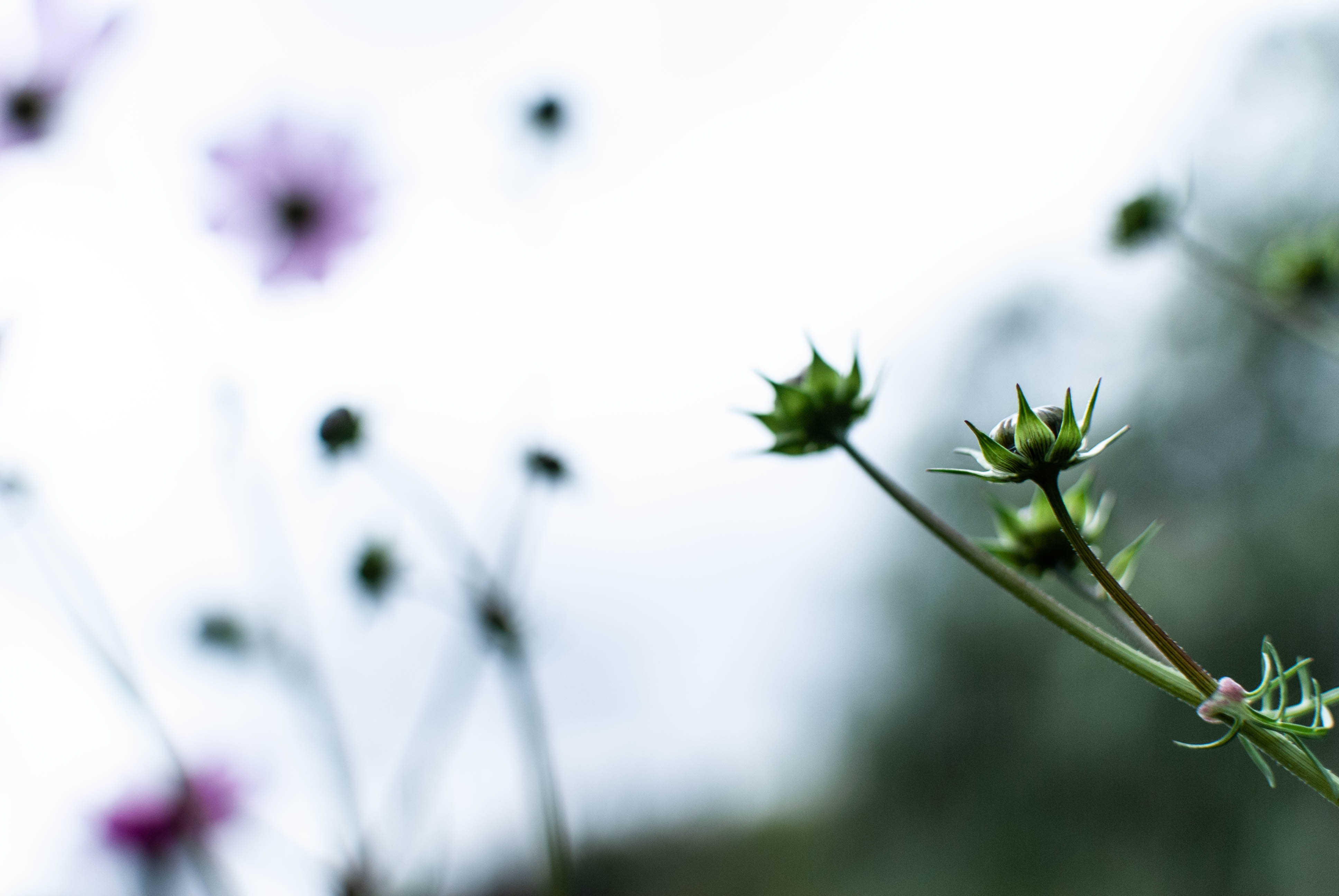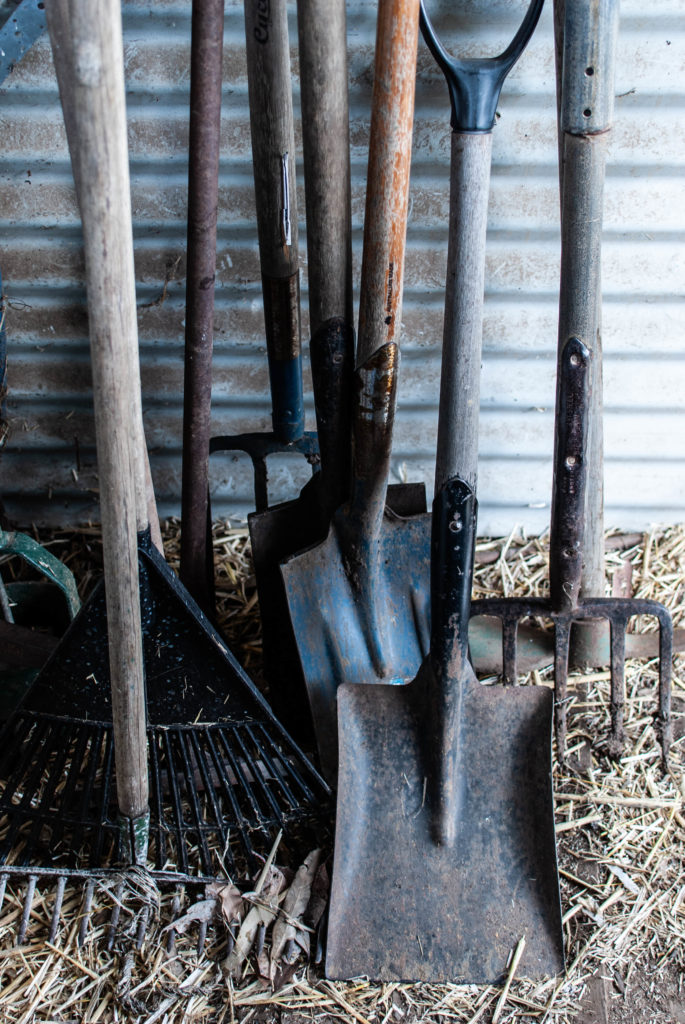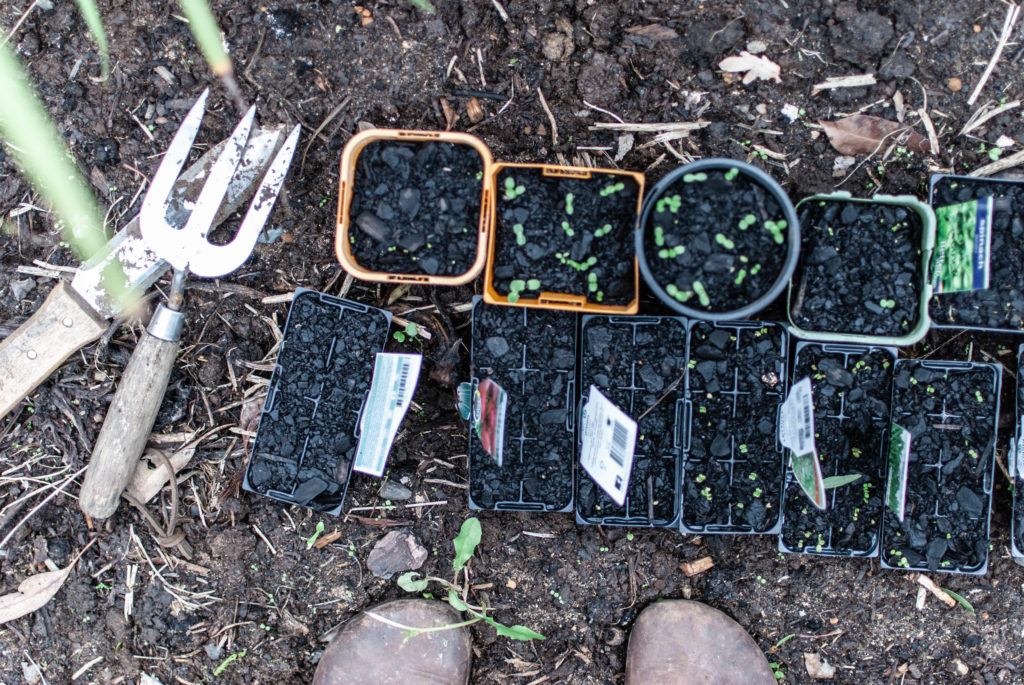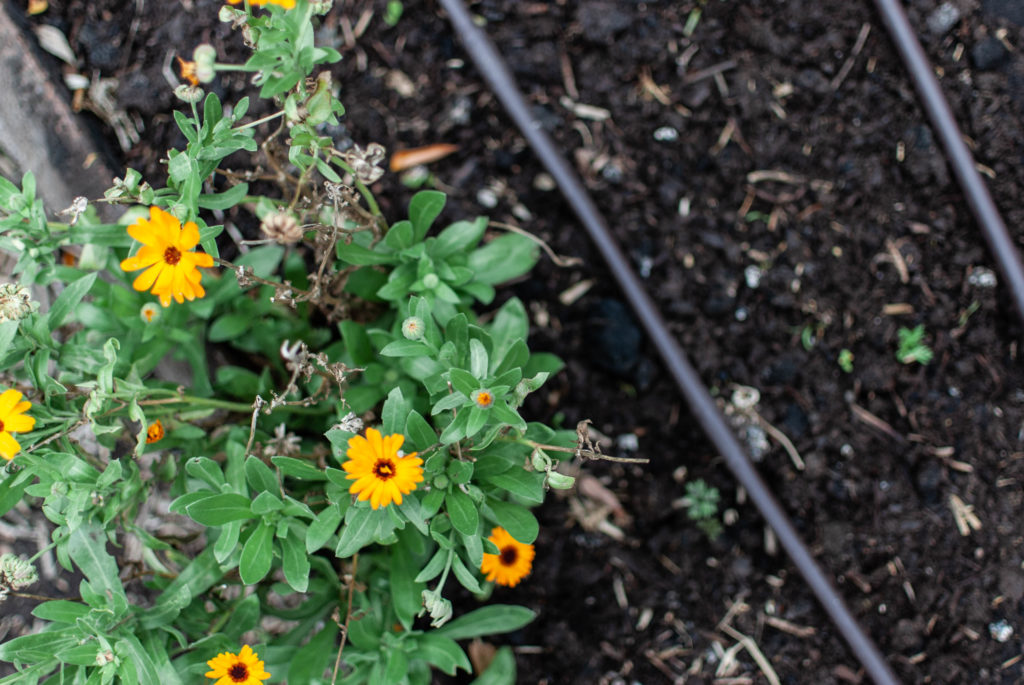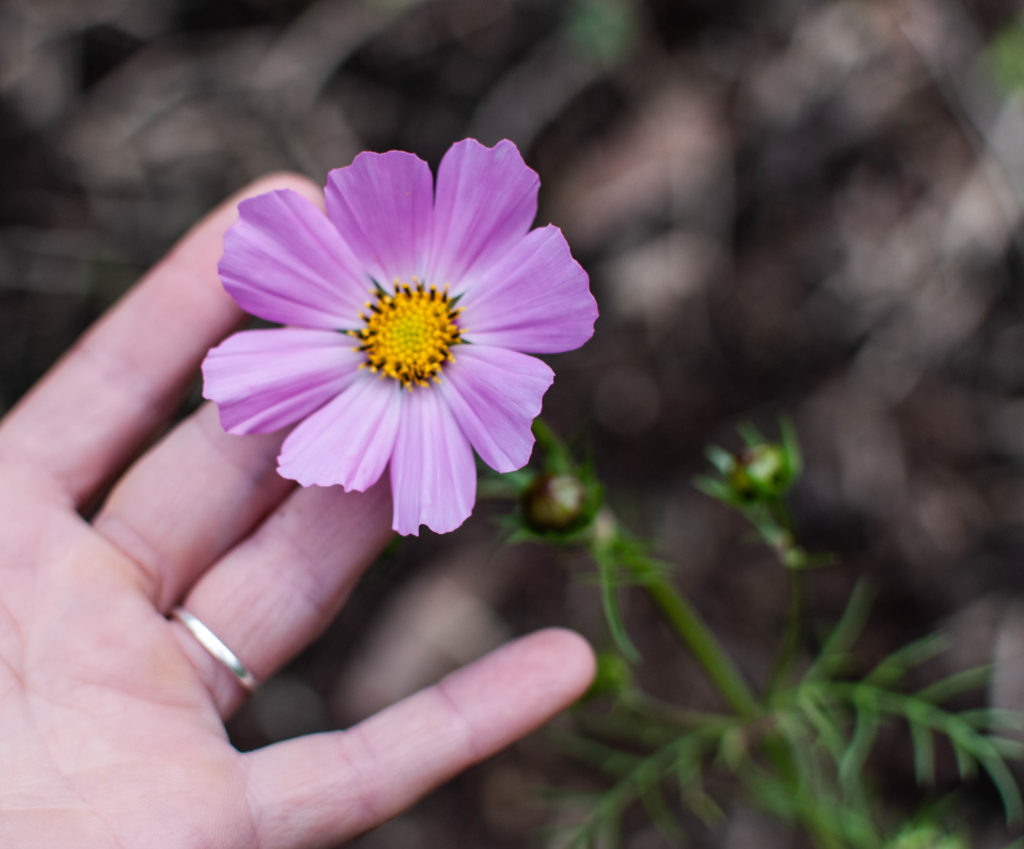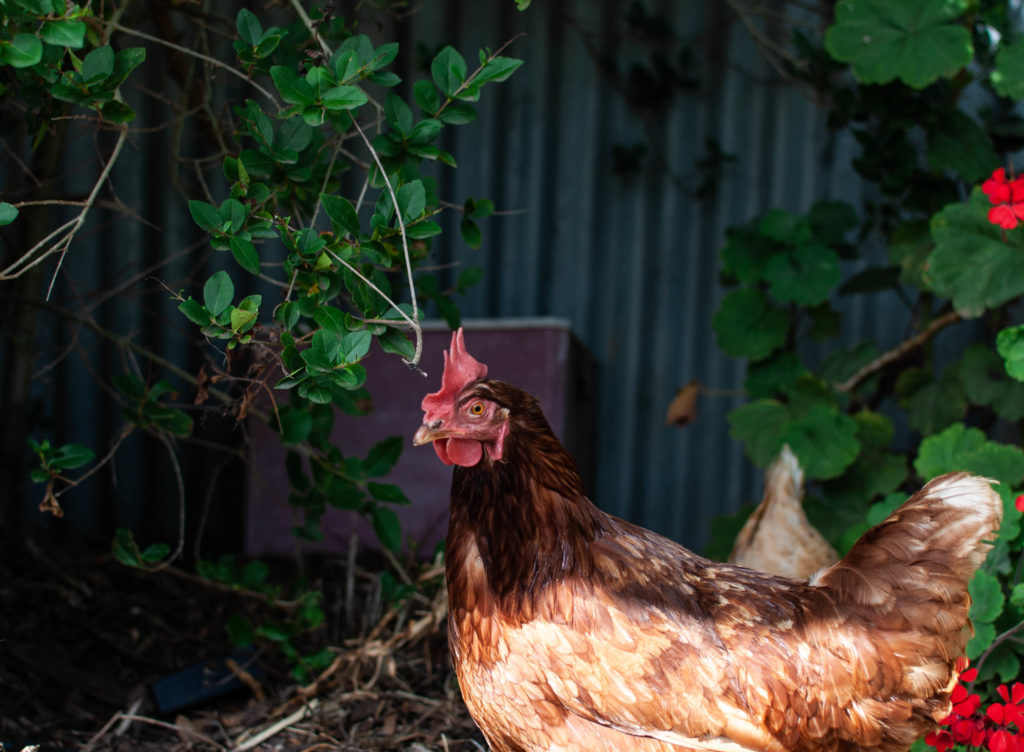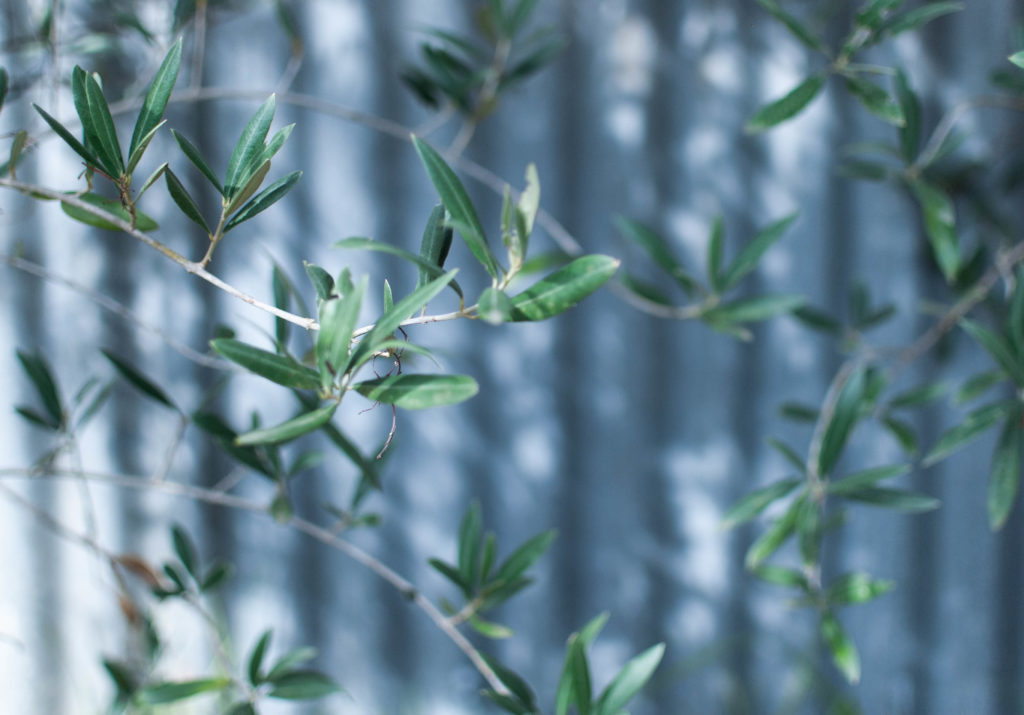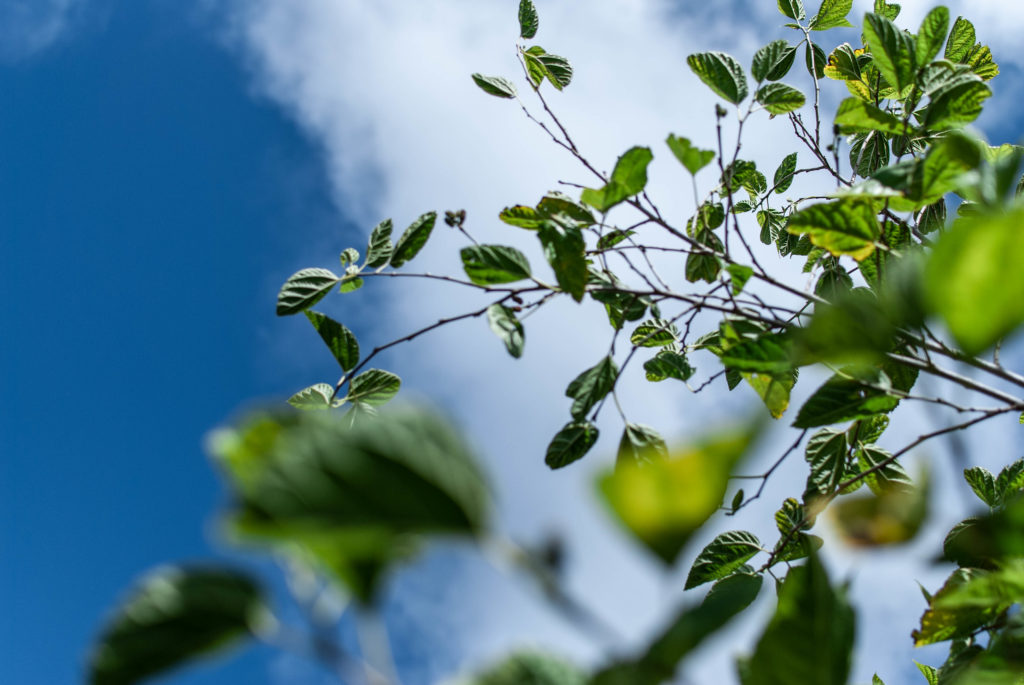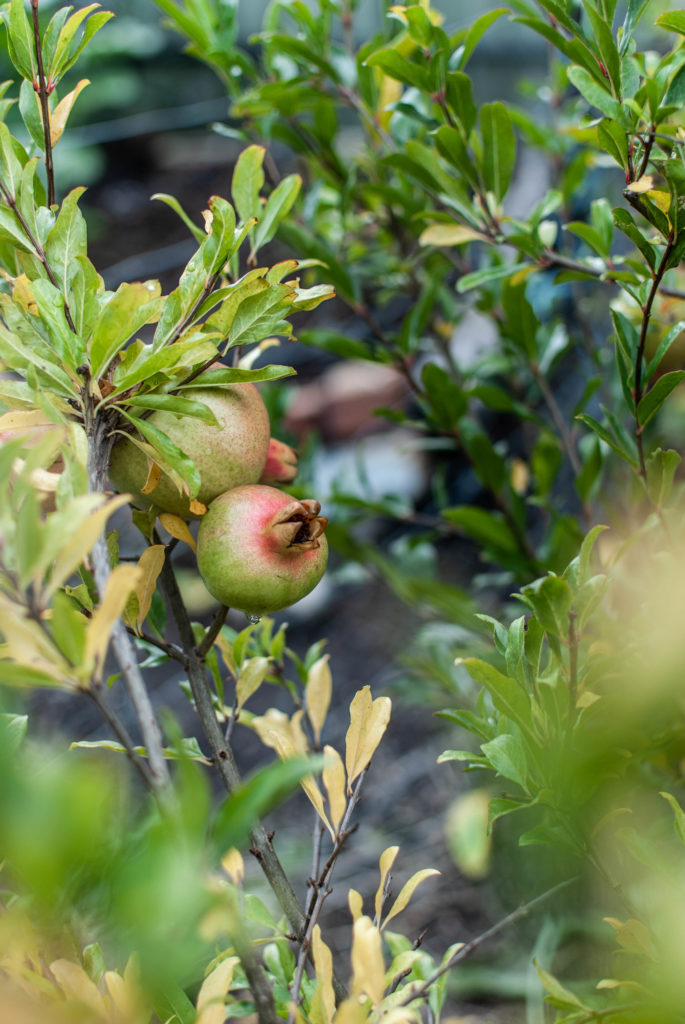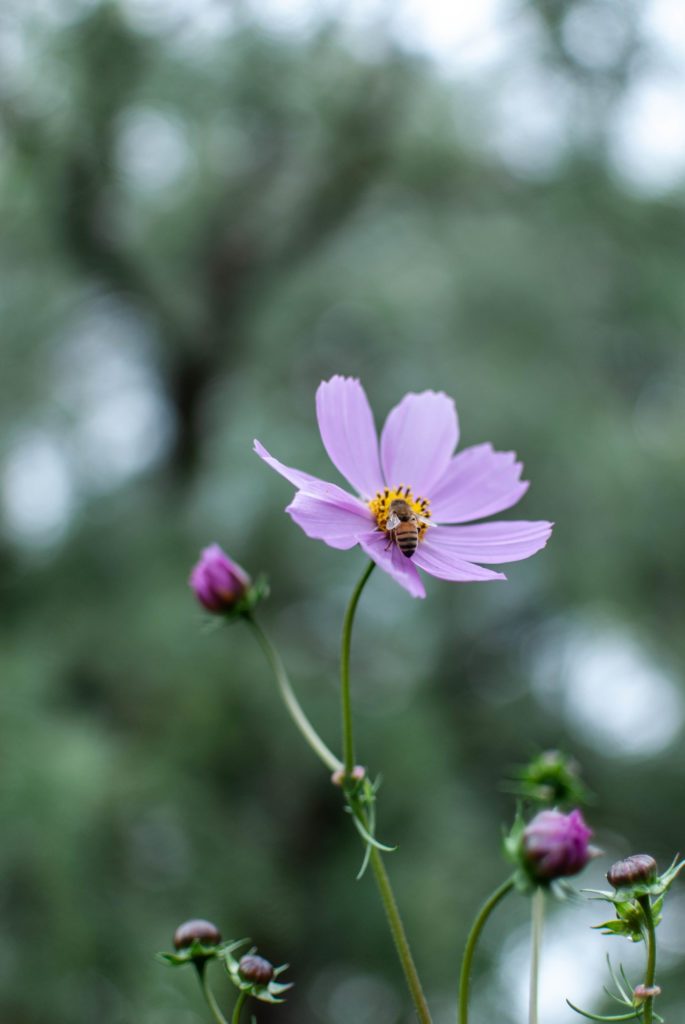And some tips for growing your own plants.

When I was a kid, I just could not understand my mum’s love of gardening. Actually, when I was a young, young kid I think I did- playing outside, in the dirt, getting messy… How good is that! But then I got older and gardening seemed too slow, too boring and really it just seemed to be a lot of weeding and not much else. Turns out once you get older again, they are the things that make gardening such a pleasant way to pass the time.
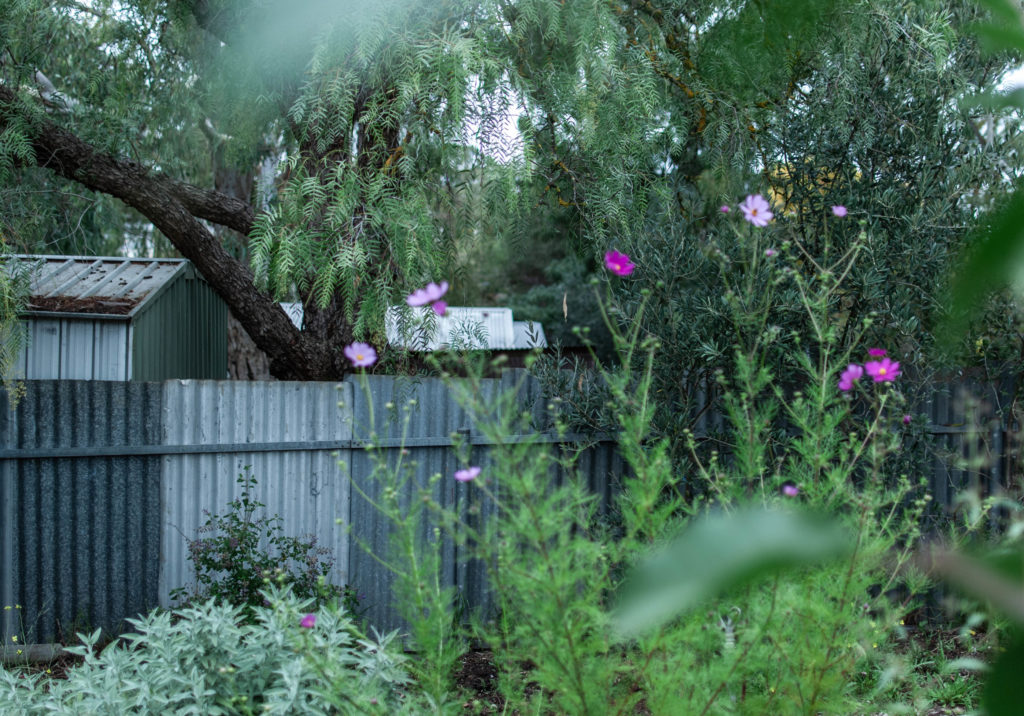
An opportunity to slow down, reconnect with nature. Time spent pulling weeds, focussing on the task at hand and nothing else. The quiet stillness of being surrounded only by bees and birds and the other small sounds of the garden. A gentle breeze perhaps, or a misting rain. The scent of woodsmoke on the air from a nearby wood-heater, beckoning us indoors once our gardening is done. Or the rays of baking hot sun in high summer, but I’d recommend going to read a book in the shade if that’s the situation.
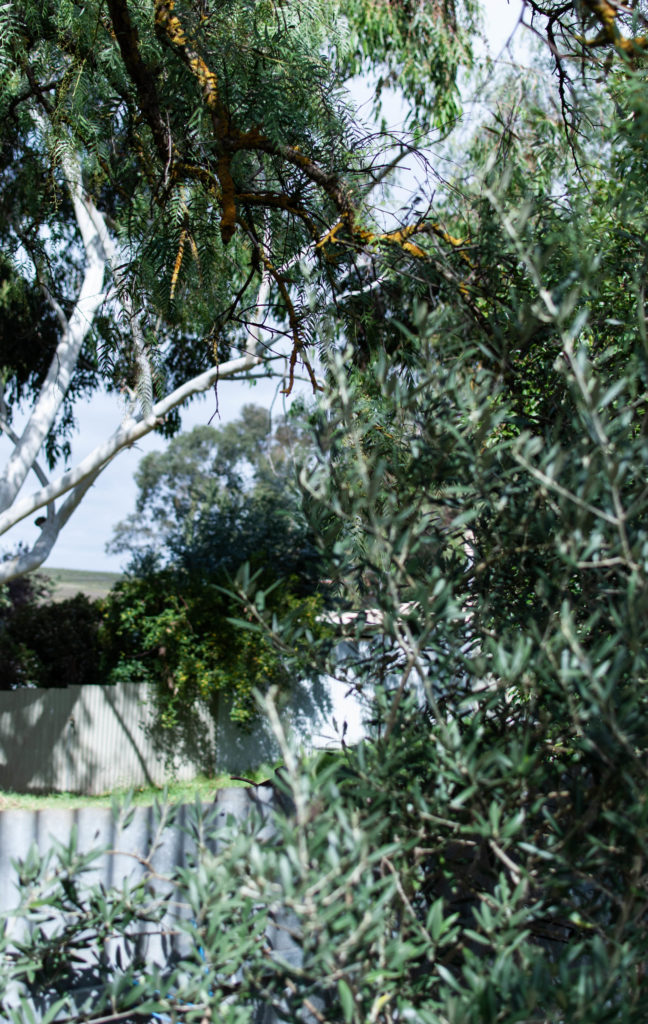
Whenever I am feeling stressed, overwhelmed, sad or just not myself I go into the garden. Even half an hour of pottering around, perhaps pulling a few weeds from between the spring onions (alliums don’t thrive amongst other plants- they need their space so make sure there rows are neat and weeded!), staking up some tomatoes or peas, planting a few seedlings or harvesting some edible flowers to dry. Even this is enough to calm my mind and bring me back into the present. And while it may be hard to force yourself outdoors when it is bitingly cold and raining there is no better feeling than coming back inside after a productive few hours in the garden, to sit by the fire and warm up, face flushed with cold and body tired. This is especially good if you have a big pot of stew on the slow-cooker, and a bottle of wine on the counter.
I have gardened on and off for the last decade. My first real foray into growing food and tending gardens came when I was a twenty year old volunteering on organic farms. I loved it and continued throughout my twenties, spending time in gardens throughout India, the UK, Bulgaria, Cyprus, Spain and France. I was amazed at how happy, satisfied and useful I felt. How self-sufficient. And fit! And so, coming home to Australia I have always tried to keep my own garden going (with varying success and a lot of learning along the way! Gardening is also a great way to learn to cope with failure and disappointment without quitting). Because there really is nothing better than cooking for dinner what you picked from the garden that day. Plus I hate gyms and I’m not one for running, so digging in the garden is a very good way to stay healthy.
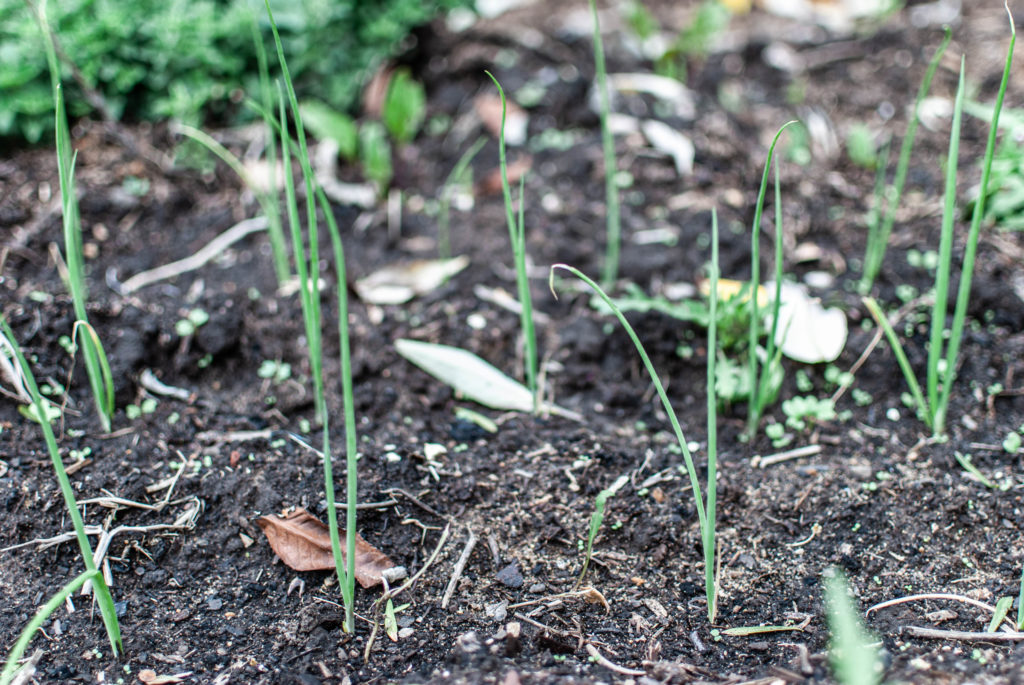
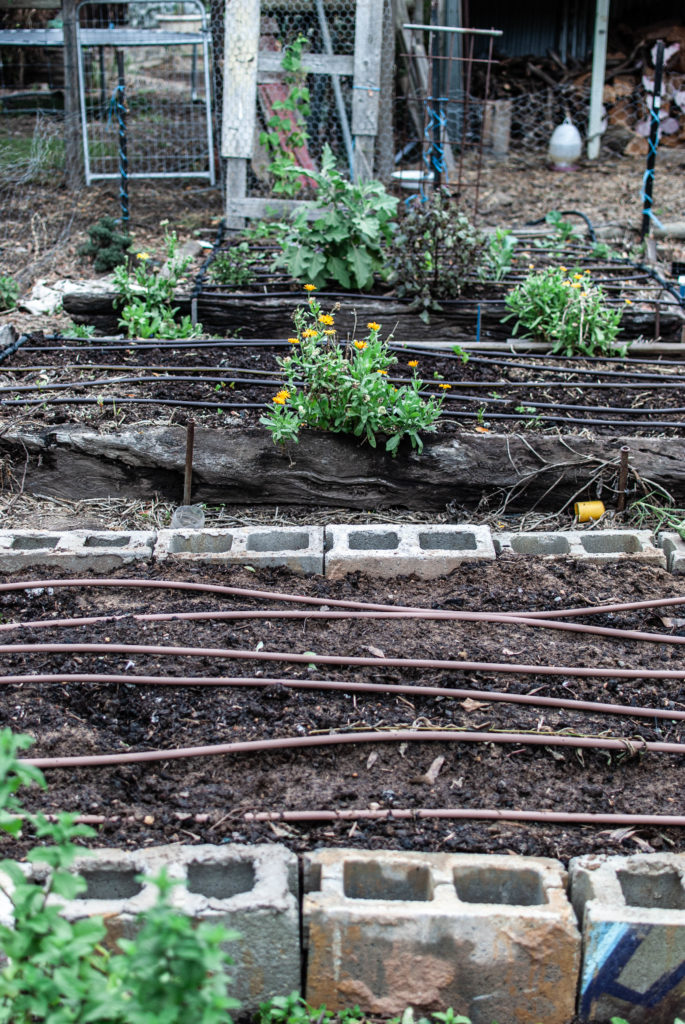
So now we are all at home (unless we are one of the wonderful people working overtime to keep the rest of us well), and probably stressed and probably with extra time on our hands. It seems like a pretty good time to practice some gardening as therapy. So, below you will find a few gardening tips and ideas- whether you have lots of outside space or just a windowsill, you can grow something! And the plants I’ve mentioned below are all unfussy, easy to grow, with lots of reward for little effort. A good place to begin your gardening journey!
Keeping our connection to the seasons and to nature is so, so important for our mental and physical health, especially at a time like this.
Little space/ little time:
Windowsill gardens! It is coming into winter here in the southern hemisphere, so look at planting herbs like tarragon, dill, coriander and parsley in a little planter box that can sit in your kitchen window. This is actually a great idea, even if you have a huge backyard- having herbs and leafy greens close to where you cook will mean you use them more, remember to water them and you will benefit from the joy of seeing green, growing things indoors.
Windowsill plants to grow now:
Soft herbs like dill, tarragon, coriander, garlic chives, mint and parsley. Get some good potting mix and keep them in the sun and watered, snipping off what you need.
Small veggies like leafy dwarf lettuces, bitter greens (lots of Italian varieties and they are all super good for you), baby spinach, radishes or shallots are all good for limited space windowsill growing. And bonus, with the exception of radishes, you can just pick what you need and leave the plant in the soil to continue growing! This includes shallots- just snip the top off and they should keep growing.
More space/more time:
Winter crops to plant now:
If you do have a bit more time and space at your disposal, hurray! You can grow lots of delicious winter goodies. If you are coming into winter, now is the time to sow:
Garlic – Prepare a bed with good soil and compost, get a whole bunch of locally grown garlic and separate into bulbs, plant each bulb at one finger’s depth and 10-15cm apart, keep the weeds out and mulch once the garlic has sprouted. (Harvest around December – this is a long haul project but totally worth it if you love garlic, I promise!)
Brassicas – I tend to go for the sprouting varieties because you get more produce with less effort and space. Sprouting broccoli keeps going and you can just pick off what you need as you need it. Kale is another hardy, prolific plant that is fantastic in winter- plant it, keep it watered, pick the leaves off as you need and it will just keep going.
Leafy greens – I always plant lots of leafy greens in winter (they don’t go well in summer as they get burnt by the sun). Lettuces, baby spinach, bitter greens like chicory and radicchio, mustard, pak choy, bok choy… These are all really easy to grow in pretty much any soil and, if you let them go to seed, they will pop back up again next season (this is good if you are more of a free form gardener, not great if you like neat ordered beds… Can you guess which I am?!)
Flowers! Bees still need food in winter, and gardens still need beauty and colour. Especially focus on blue and purple flowers, as bees are most attracted to these colours. Cornflowers, marigolds/calendula, borage are all easy to grow, flower through winter and are good bee food. Geranium, lavender, rosemary and yarrow will all grow and flower through winter, but if you are planting them now I would recommend starting with small, sturdy plants. I am also planting some everlasting daisy seeds, so give that a go if you have space (I don’t know how well they will go in the cold, but gardening is all about experimentation!). They like being planted near to eucalypts but apart from that are relatively unfussy.
No space/no time?
Indoor plants!
Indoor plants are your friends. Just a couple of pots full of greenery will really lift your spirits, especially being at home more and during the colder, darker winter months. I am totally rubbish at keeping house plants alive, but the ones that are thriving despite me are my monstera, my little ficus and my maiden hair fern (this one is surviving rather than thriving, but I think that is because it was growing really well and I tried to divide it into two plants- turns out, that’s a bad idea…).
I hope you have found some inspiration to get outside and play in the dirt. Even if it doesn’t work out like you planned, time spent digging, planting and nurturing is definitely not time wasted.
